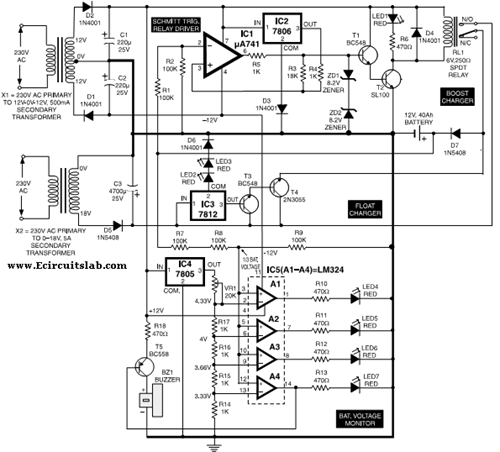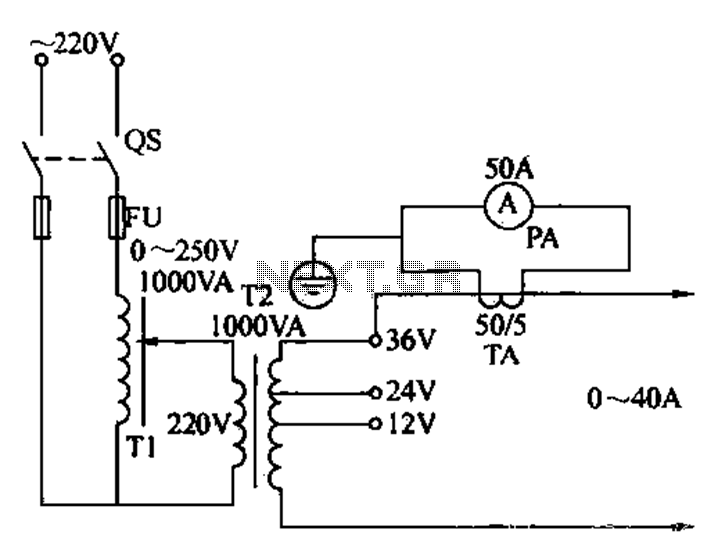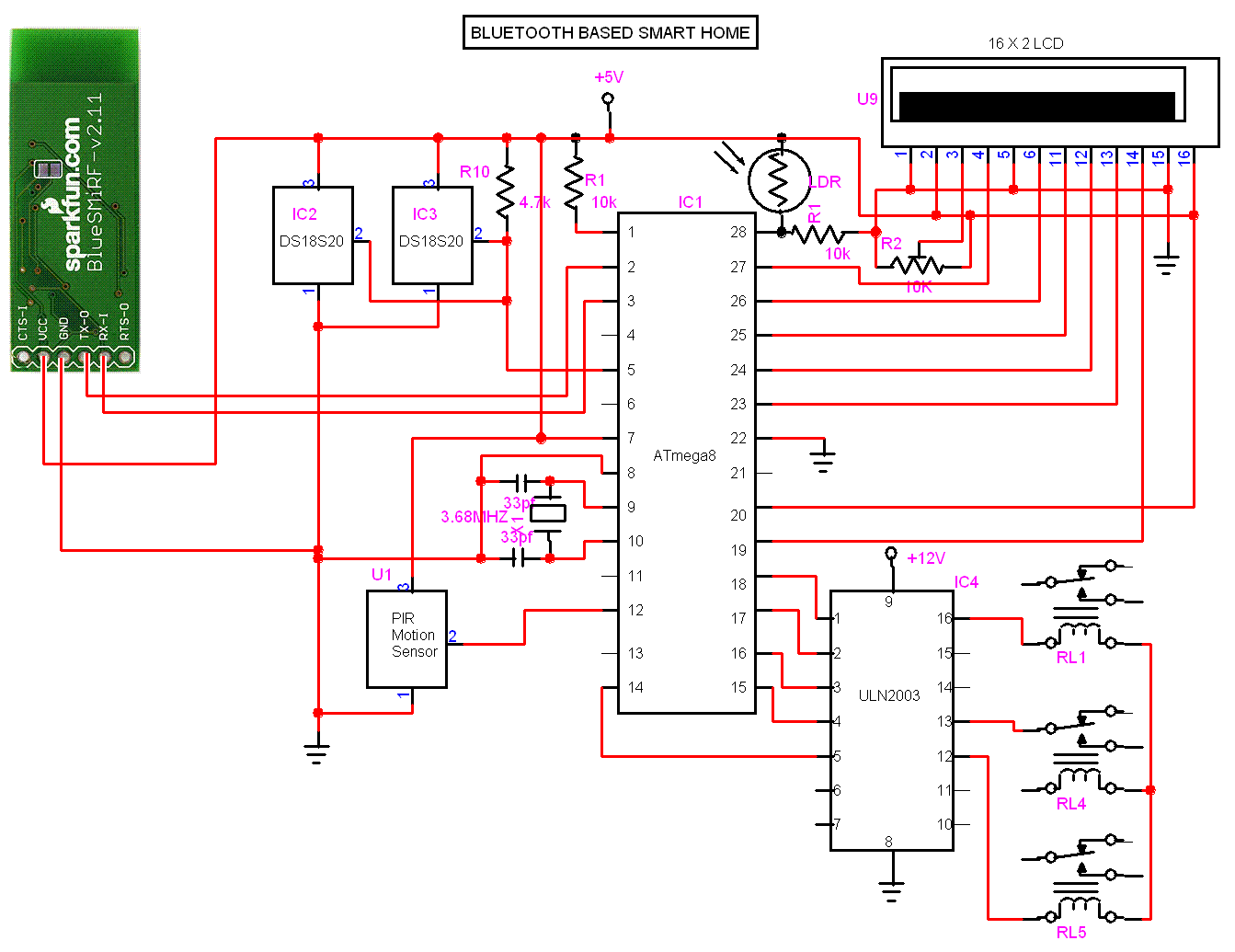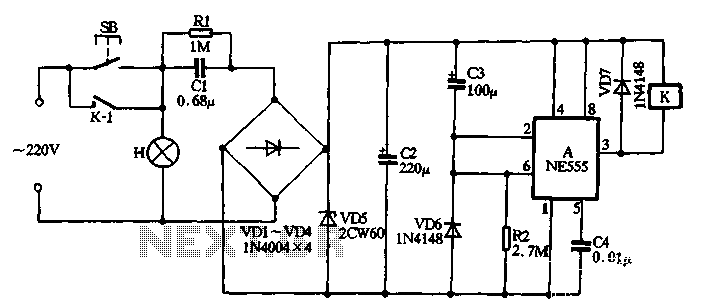
Crystal symbols and equivalent RLC circuit
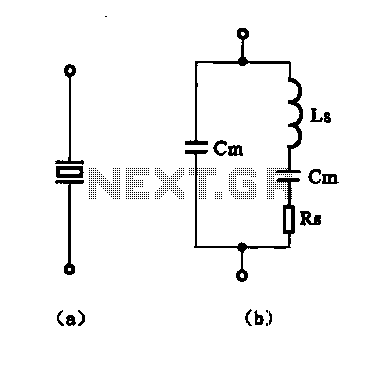
The crystal equivalent RLC circuit is illustrated. The RLC circuit can operate in either a series resonant or parallel resonant configuration.
The crystal equivalent RLC circuit is a fundamental electronic circuit that models the behavior of a crystal oscillator. This circuit comprises a resistor (R), inductor (L), and capacitor (C), which can be arranged in either a series or parallel configuration.
In a series resonant circuit, the inductor and capacitor are connected in series with the resistor, and the total impedance is minimized at the resonant frequency, allowing maximum current to flow. This configuration is particularly useful for applications requiring high selectivity, such as in radio frequency (RF) applications.
Conversely, in a parallel resonant circuit, the inductor and capacitor are connected in parallel with the resistor. At the resonant frequency, the impedance is maximized, which allows the circuit to effectively filter signals. This configuration is often employed in applications where high voltage gain is needed, such as in oscillators and filters.
The resonant frequency (f₀) of the RLC circuit can be calculated using the formula:
f₀ = 1 / (2π√(LC))
where L is the inductance in henries and C is the capacitance in farads. The quality factor (Q) of the circuit, which indicates the sharpness of the resonance peak, can be defined as:
Q = (f₀ / Δf)
where Δf is the bandwidth of the circuit. A higher Q factor indicates a narrower bandwidth and better selectivity.
In practical applications, the choice between series and parallel configurations depends on the specific requirements of the circuit, including the desired frequency response, impedance matching, and power handling capabilities. Proper selection and tuning of the R, L, and C components are crucial for achieving optimal performance in crystal oscillator applications.Crystal equivalent RLC circuit is shown. RLC circuit is a series-parallel, you can use a series resonant or parallel resonant manner style to operate.
The crystal equivalent RLC circuit is a fundamental electronic circuit that models the behavior of a crystal oscillator. This circuit comprises a resistor (R), inductor (L), and capacitor (C), which can be arranged in either a series or parallel configuration.
In a series resonant circuit, the inductor and capacitor are connected in series with the resistor, and the total impedance is minimized at the resonant frequency, allowing maximum current to flow. This configuration is particularly useful for applications requiring high selectivity, such as in radio frequency (RF) applications.
Conversely, in a parallel resonant circuit, the inductor and capacitor are connected in parallel with the resistor. At the resonant frequency, the impedance is maximized, which allows the circuit to effectively filter signals. This configuration is often employed in applications where high voltage gain is needed, such as in oscillators and filters.
The resonant frequency (f₀) of the RLC circuit can be calculated using the formula:
f₀ = 1 / (2π√(LC))
where L is the inductance in henries and C is the capacitance in farads. The quality factor (Q) of the circuit, which indicates the sharpness of the resonance peak, can be defined as:
Q = (f₀ / Δf)
where Δf is the bandwidth of the circuit. A higher Q factor indicates a narrower bandwidth and better selectivity.
In practical applications, the choice between series and parallel configurations depends on the specific requirements of the circuit, including the desired frequency response, impedance matching, and power handling capabilities. Proper selection and tuning of the R, L, and C components are crucial for achieving optimal performance in crystal oscillator applications.Crystal equivalent RLC circuit is shown. RLC circuit is a series-parallel, you can use a series resonant or parallel resonant manner style to operate.
